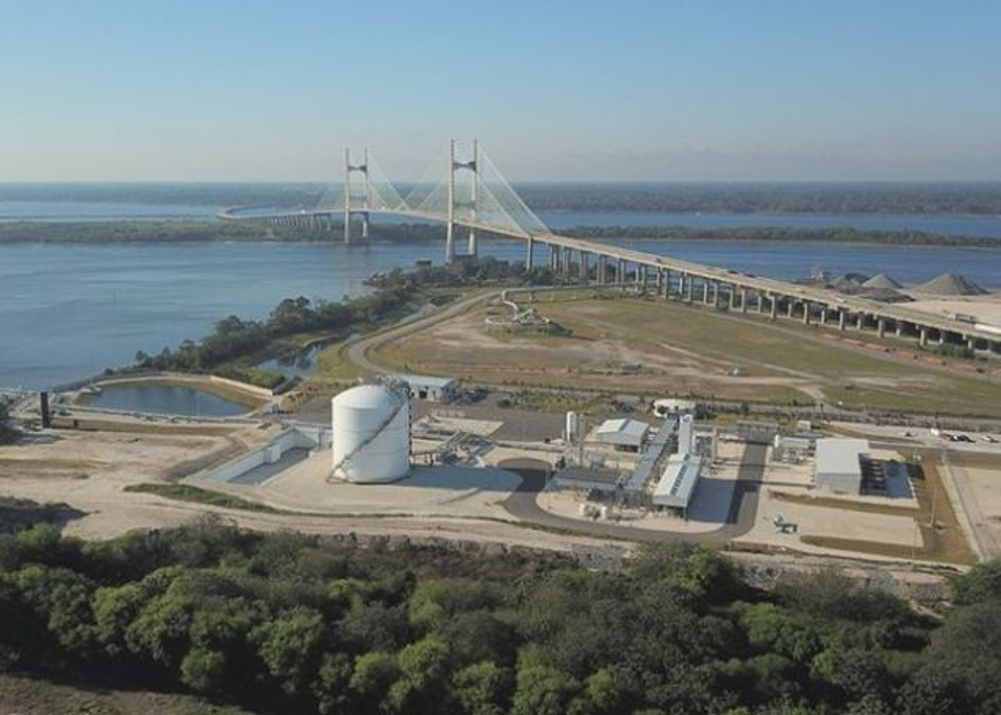
Florida's 15 ports are increasingly paving the way for natural gas as an alternative to traditional fuels in the US thanks to the developement of cutting-edge LNG infrastructures. This is what emerges from a report recently published by the Florida Ports Council and the Florida Natural Gas Association, which underlines how the 15 ports in the region are at the national front for LNG ships, also thanks to their geographically favorable position.
An important reality is the port of Jacksonville (Jaxport), which carries out the main LNG bunkering operations between all the ports of the United States. The port is equipped with two terminals: LNG Eagle (which serves Crowley's two LNG ships on the Puerto Rico route) and the terminal inaugurated last May JAX LNG (supplier for the world's first dual-fuel LNG container ships, Isla Bella and Perla del Caribe, operated by TOTE Maritime Puerto Rico, on the same route). Together, Eagle and JAX have a combined capacity of around 1.9 million gallons per day.
The JAX LNG terminal, in Dames Point (Jacksonville), is a coastal plant for the production, storage and distribution of LNG, the first of its kind in the United States, and it is designed to distribute LNG for land transport, maritime transport and industry sectors. Last summer Fincantieri Bay Shipbuilding (subsidiary of the Italian Group) and Polaris New Energy (a NorthStar Midstream company) signed an agreement for the construction of a barge for coastal distribution of 5400 cubic meters of LNG which will be supplied from the Dames Point depot.
Currently the plant has a production capacity of 450 cubic meters / day and a storage capacity of approximately 7,570 cubic meters. The site was chosen not only for its strategic coastal position that allows it to supply the various segments of the LNG supply chain, including small ones, but also for the possibility of expanding the capacity of the plant, having the space to add two trains of liquefaction and a second storage tank that would bring the production capacity of the plant up to over 2,000 cubic meters / day and the storage capacity up to over 15,000 cubic meters.
According to the Florida Port Council, other state ports, including PortMiami, Port Tampa Bay and Port Canaveral, are capable of handling ISO containers and are also ready to receive LNG delivered by truck or rail.
As the report points out, Florida's bunkering activities are expected to increase as a result of its commitment to the cruise industry. Many new generation cruises will have LNG propulsion (26 new LNG cruises are being delivered by 2026), and ports such as PortMiami, Port Everglades and Port of Palm Beach will invest in infrastructure to accommodate this type of ship. Port Canaveral has already begun these investments and will soon take delivery of an LNG bunkering barge to refuel the first fully LNG powered cruise ship in North America, Carnival Cruise Line's "Mardi Gras".
Source: JAX LNG
 EN
EN  it
it

